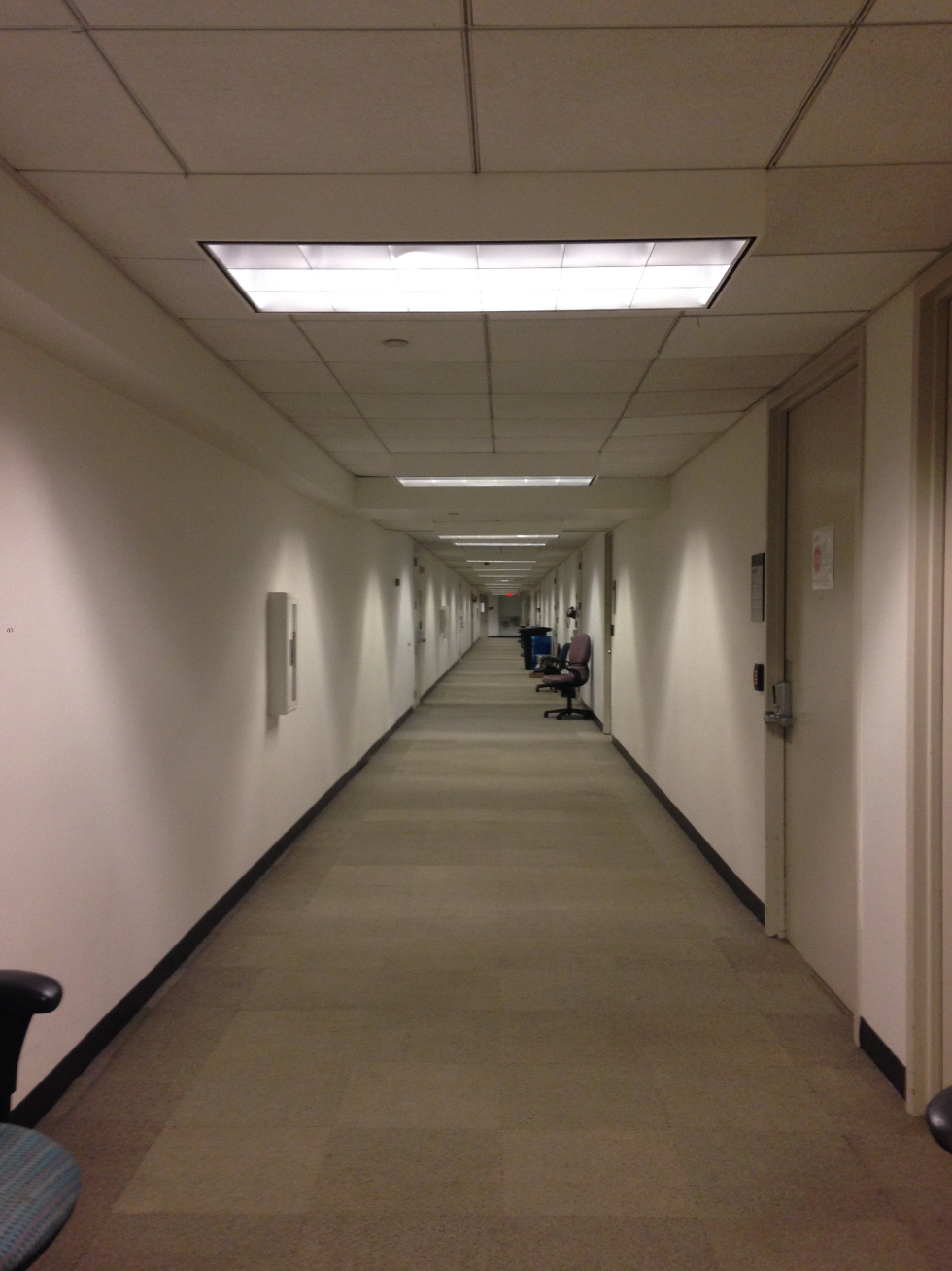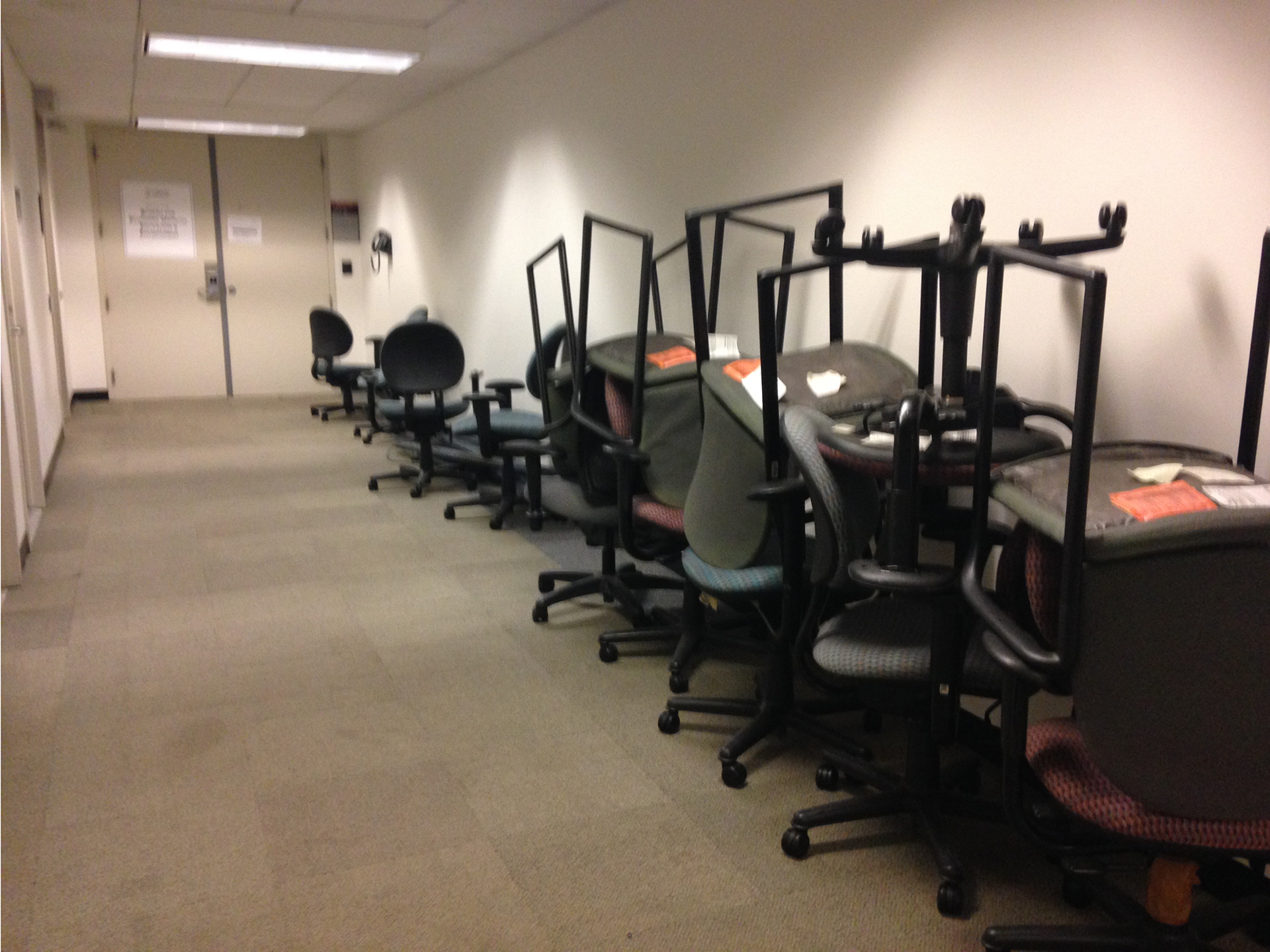1. Don’t introduce yourself as a designer
Do not advertise this fact. Otherwise, these are the kinds of emails you will receive:
2. Know the jargon and ridiculous acronyms, but never use them
In my team at USAID, I am often the last person that the copy for any outgoing material goes through. I make sure that someone I stop on the street can read and understand what we’re saying. We’ve had people come up to us and tell us that they enjoyed reading every single page of a 20-page program material we sent around. That rarely happens. You might think that in government, you need to right very formally, using technical terms and jargon. That’s not true. Writing in plain language goes a long way.
Just for fun, here are some acronyms I hear daily:
3. Show rather than tell
Showing your idea rather than talking about it goes a long way. New ideas are not always welcome in large bureaucracies and they’re often seen as a threat. Whenever I have an idea I do a mock up, rather than just talk about it. As much as it’s become trendy to use Post-its so that you look like a legit design studio, they’re really great, especially in a culture where ideas often fester in a stagnant conference room.
4. Embed yourself
If I approached USAID from the outside as a consultant and said, “hey, I’m here to tell you that the design process is going to change the way you do development," they would’ve shut the door on me. Embedding yourself in the system will also help you identify specific need areas where design can make an impact. It’s really hard to identify these areas from the outside.
5. Maintain a healthy distance
This one is a bit contradictory to “embed yourself” but it’s an important one. While you are embedded you need moments where you zoom out as well. That’s just as important. It’s really easy to get sucked into the office politics, the bureaucracy, and to live in an echo chamber that has zero outside input. Maintaining a healthy distance is critical to your own sanity but also in keeping your design perspective in check. Sometimes, I like to view myself as an ethnographer, observing the behaviors and patterns of people in bureaucracies.
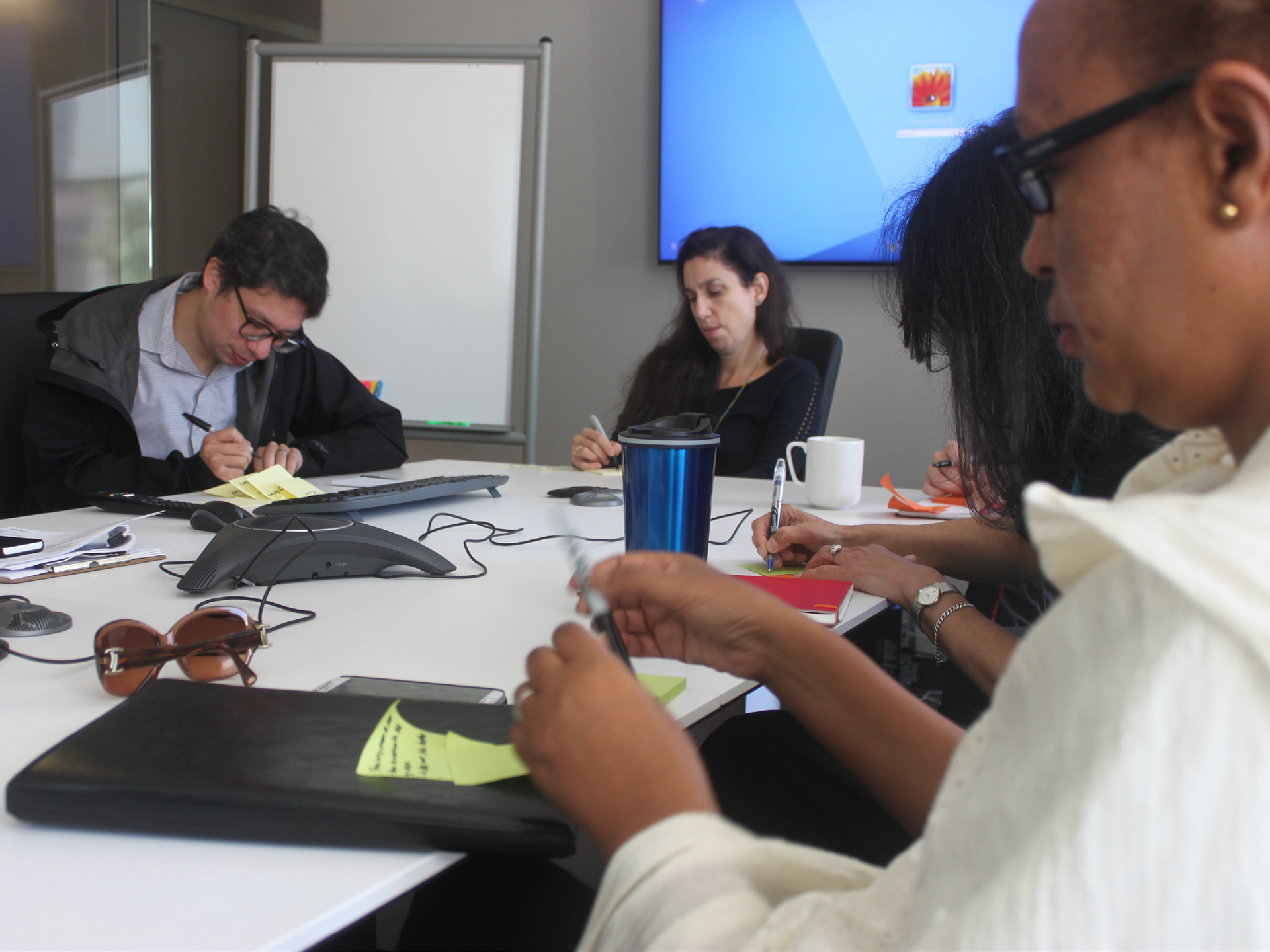
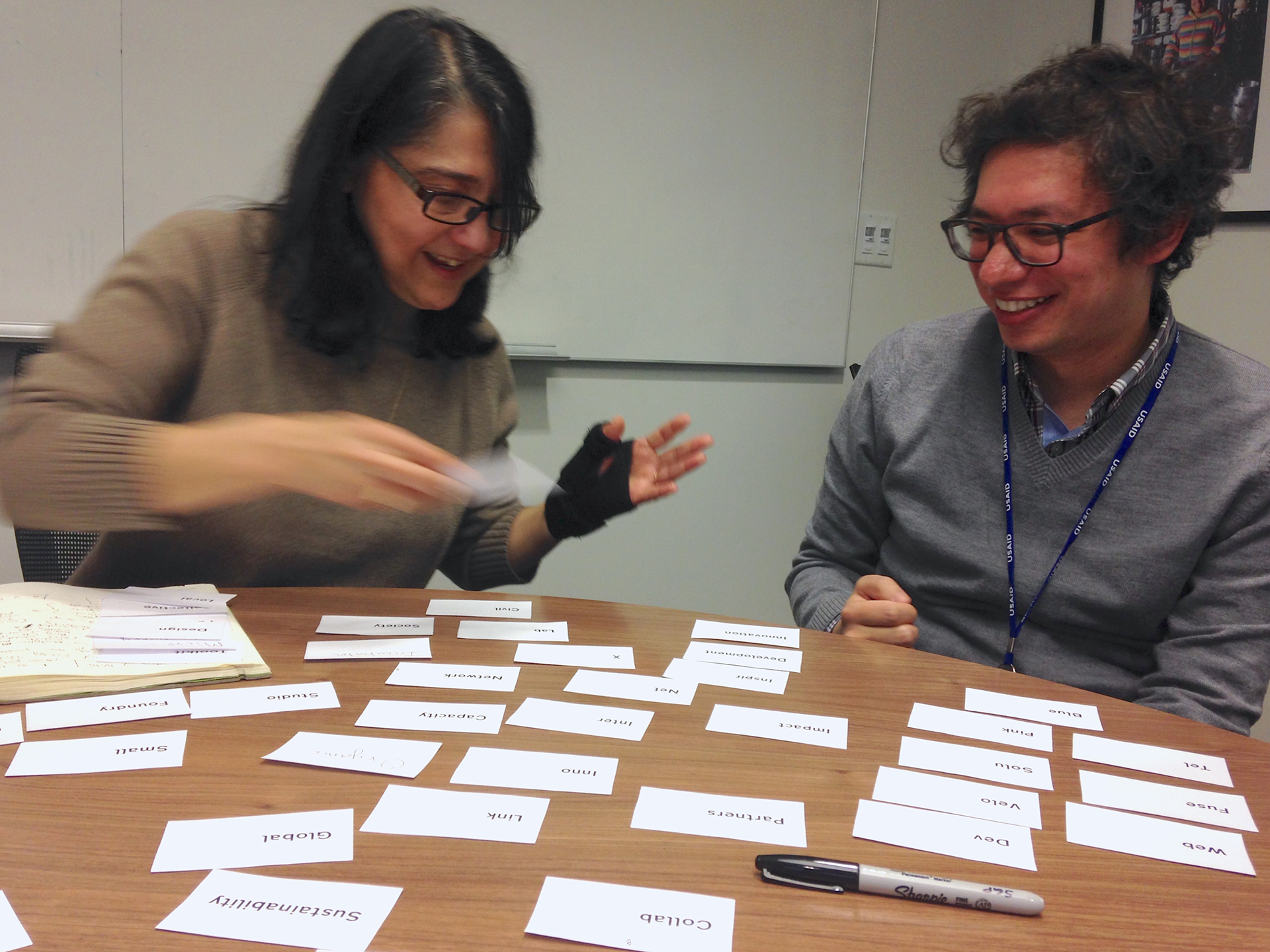
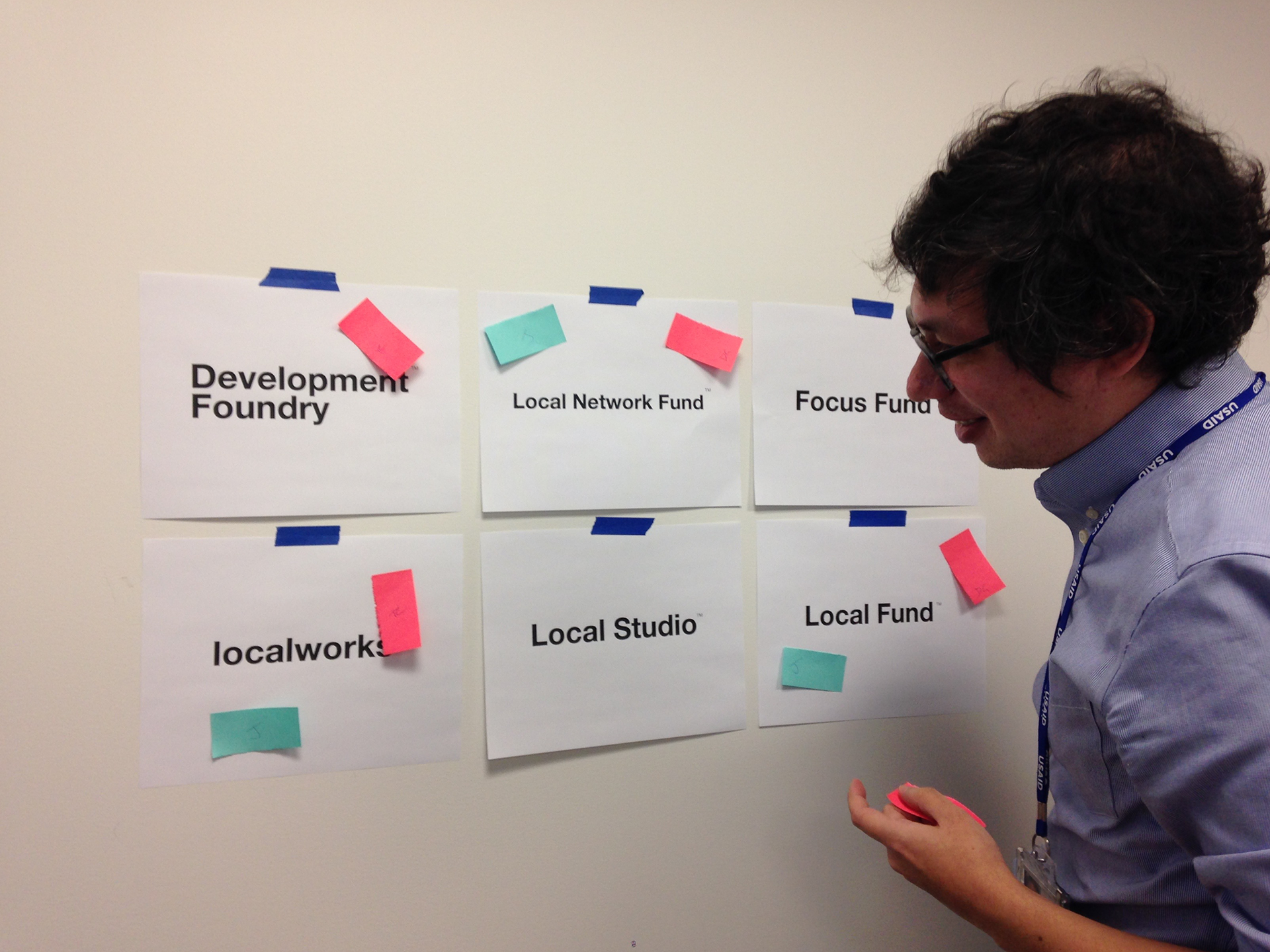
6. Be patient
Not everyone will magically know that designers are more than people who make things pretty, so don’t get discouraged right away. This is an opportunity to share your views on design. You are a design evangelist. Sometimes you’ll feel like you're walking endlessly through a hallway of broken chairs or an endless beige carpet hallway (both literally or figuratively). But don’t lose hope.
